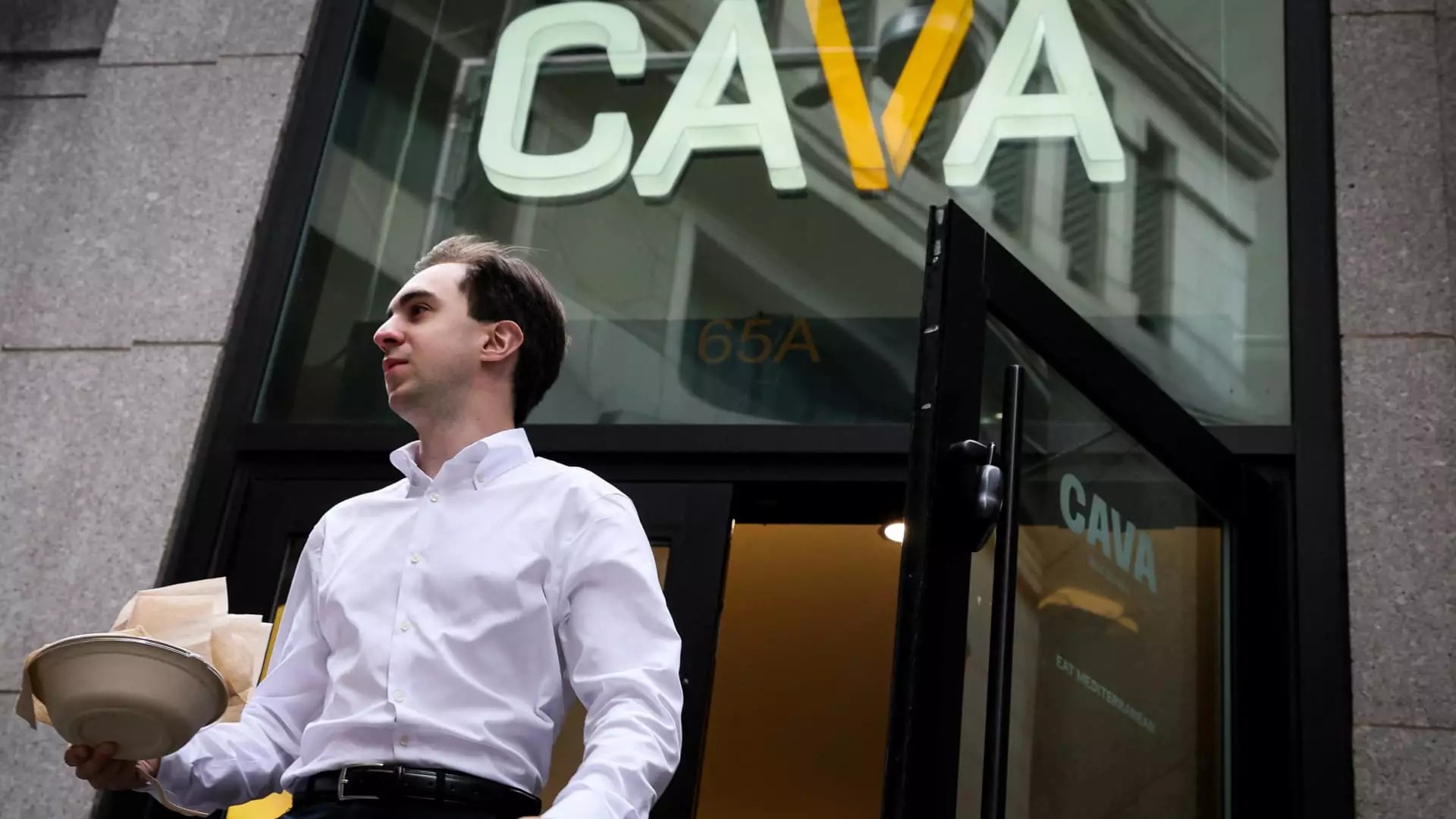In an era marked by economic uncertainty and cautious spending, the fast-casual restaurant industry finds itself at a crossroads. Gone are the days when casual dining was driven purely by convenience or spontaneous cravings. Today’s consumers, battered by inflation and market volatility, approach dining with strategic intent—value and loyalty are no longer optional but essential. This shift necessitates a profound reevaluation of how brands engage their patrons, with loyalty programs emerging as the lifeline that bridges the gap between declining traffic and sustained sales. Initially viewed as mere incentives, these programs are now pivotal in crafting long-term relationships amidst a climate of financial hesitance.
Conventional wisdom once regarded rewards as a supplementary perk—an added bonus to the dining experience. Now, however, they serve as the backbone of survival strategies, forcing brands to innovate and adapt rapidly. For instance, Starbucks boasts over 34 million active rewards members, with more than half of its transactions rooted in this loyal customer base. Such figures underscore that consumer engagement through rewards significantly influences repeat business, especially when economic headwinds threaten to diminish foot traffic. Loyalty isn’t just about discounts; it’s about embedding a sense of value and belonging that compels patrons to return, regardless of economic downturns.
Turning Loyalty Programs into Strategic Tools
The core insight driving these shifts is that loyalty programs, when designed properly, create habits that go beyond sporadic visits. Rather than relying solely on discounts or free items, brands are experimenting with innovative structures to deepen engagement. Cava’s recent revamped rewards system exemplifies this trend, offering members more discretion in how they earn and redeem points while incorporating surprise elements such as limited-time offers and in-app challenges. These tactics cultivate a sense of excitement and anticipation—key factors in building lasting customer bonds.
Contrary to traditional tiered programs that many consumers found confusing and unmotivating, brands like Sweetgreen have simplified their rewards structure to focus on transparency and immediate value. This strategic pivot recognizes that consumers are increasingly intentional with their spending; thus, ease of use and perceived fairness are critical in motivating continued participation. Such adjustments are not just reactive but also proactive, positioning brands to retain their audience amid economic hurdles.
Meanwhile, Chipotle’s “Summer of Extras” campaign and Potbelly’s coin-based loyalty system exemplify how companies are leveraging gamification and promos to stimulate frequency and encourage larger transactions. These campaigns aim to transform a mere visit into an experience—an engagement that extends over time and entices customers to prefer one brand over another. The key takeaway is that loyalty programs, when infused with creativity and tailored to consumer psychological drivers, can become powerful tools for economic resilience.
The Profitability Paradox: Freebies and Margins
While these programs aim to forge deeper connections, they also come with significant financial tradeoffs. Offering free items, extra points, or exclusive discounts inevitably eats into profit margins—an especially delicate issue in an industry already operating under tight financial constraints. This paradox forces brands to walk a fine line: how to foster loyalty without sacrificing profitability.
Starbucks’ recent decision to replace a reusable cup bonus with double stars across all purchases exemplifies this tension. Although the change was met with criticism from the most loyal customers, participation has remained stable, suggesting that brands can recalibrate loyalty incentives without alienating core patrons. Similarly, Potbelly’s shift to a coin-based system delivered immediate engagement boosts, reaffirming that flexibility and innovation remain critical to maintaining relevance without eroding margins.
The strategic challenge lies in balancing short-term promotional costs with long-term customer lifetime value. Loyalty programs are not just about immediate sales boosts; they aim to cultivate a customer base willing to spend more over time, absorbing occasional discounts in exchange for near-permanent patronage. This calculus becomes even more critical in an environment where repeat visits are declining, and sales growth is sluggish.
The Future of Loyalty: Innovation Amid Sustainability Pressures
Looking ahead, the industry’s trajectory indicates that loyalty programs must evolve from simple transactional incentives into holistic engagement platforms. Cava’s success with its flexible rewards and in-event surprises like National Pita Day hints at a future where brands may increasingly rely on experiential rewards and community-building efforts.
The challenge—and opportunity—lies in creating programs that are both sustainable and enticing. Given the erosion of profit margins and consumer scrutiny, brands must be selective and strategic, emphasizing genuine value rather than superficial rewards. As Wall Street continues to scrutinize rapid expansion, brands such as Cava face mounting pressure to prove that these engagements translate into meaningful profitability.
In that vein, the industry’s resilience hinges on the ability of these loyalty initiatives to foster intrinsic brand affinity—transforming casual customers into passionate advocates willing to prioritize one brand over another, regardless of economic fluctuations. The shift from cost-cutting to long-term relationship cultivation marks a critical evolution, one that will define which chains thrive or falter as the economic outlook remains uncertain.

